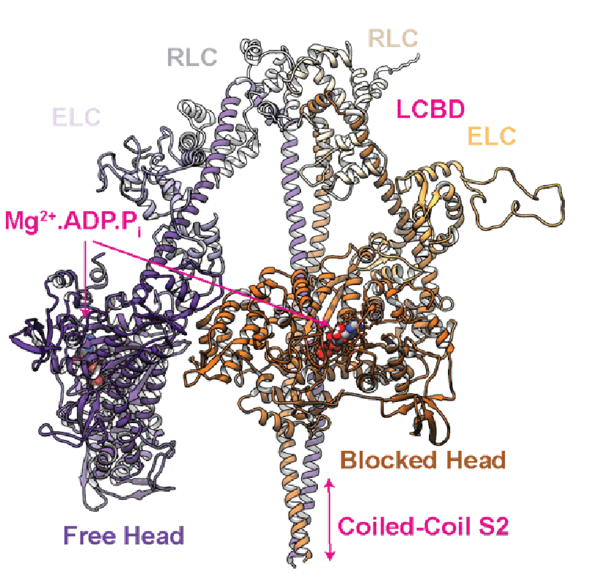Complex problems require collaborative science
CTMR Investigators, Mike Regnier and David Mack, were part of a multi-institutional research effort to uncover the disease mechanism for hypertrophic cardiomyopathy caused by a mutation in myosin (MYH7 G256E). The project was a collaborative effort between investigators at UW, Stanford University, University of California Santa Barbara, the Curie Institute in Paris, and the Allen Institute for Cell Science, funded by a grant from the National Institute of General Medical Sciences (NIGMS). The goal was to undertake a team science approach to tackling a multiscale problem – how mutation of a single amino acid in the motor protein myosin affects muscle function at multiple scales – from protein to filament to cells and tissue. These research efforts culminated in a recently published article in PNAS, where the groups show that the mutation results in hypercontractility and increased mitochondrial respiration rates (read the full article here), which lead to changes in cell transcription and metabolism. CTMR Core services of Molecular Dynamics and myofibril contractile kinetics were used as a key piece of the puzzle to study impacts of the mutation at the protein and myofibril levels.
Checkout an informative story on the project written by the UW Institute for Stem Cell & Regenerative Medicine here.






